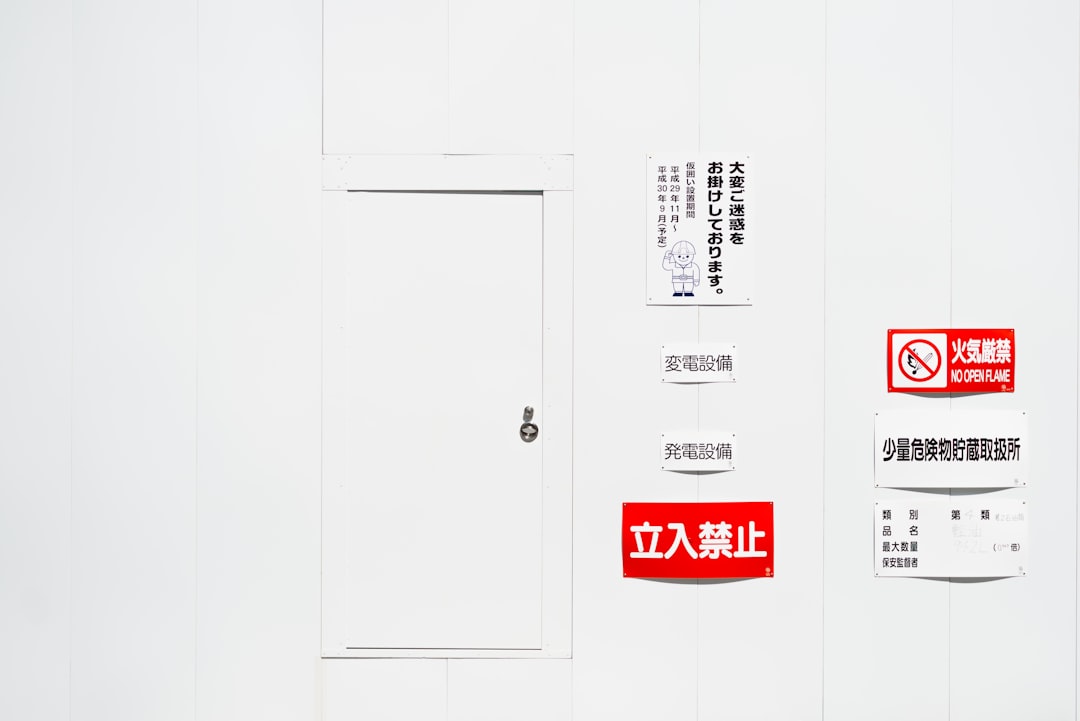So, you plug in your external hard drive to your Mac, expecting it to pop up immediately — but nothing happens. Frustrating, right? Fortunately, this is a fairly common issue with several potential fixes. Whether your external hard drive is brand-new or has worked flawlessly before, there are several steps you can take to resolve the problem.
Let’s explore why your Mac might not detect your external hard drive and, more importantly, how you can fix it.
Common Reasons Your Mac Doesn’t Detect the Drive
Before diving into complex troubleshooting, it’s important to understand what might be causing the issue in the first place. Some of the most frequent culprits include:
- Faulty USB cable or port
- Improper drive format not supported by macOS
- Drive not mounted correctly or corrupted
- macOS settings or lack of necessary permissions

Step-by-Step Solutions to Try
1. Check Physical Connections
Start with the basics. Ensure your external hard drive is properly connected to your Mac. Try a different USB port or cable, especially if the drive has worked before. You should also try connecting the drive to another Mac or even a PC to confirm whether the issue lies with the drive itself.
2. Check if the Drive is Visible in Disk Utility
Disk Utility is your friend when it comes to drive issues.
- Open Disk Utility (Applications > Utilities > Disk Utility).
- Look for your external hard drive listed on the left panel.
- If it appears but is grayed out, try clicking Mount from the top menu.
If the drive mounts successfully, it should now show up on your desktop and in Finder.
3. Modify Finder Preferences
Sometimes your Mac is detecting the drive — it’s just not showing it. Here’s how to fix that:
- Open Finder.
- Go to Finder > Settings (or Preferences).
- Click the General tab and ensure “External disks” is checked to appear on desktop.
- Then go to the Sidebar tab and check “External disks” so the drive shows up in Finder’s sidebar.
4. Use Disk Utility to Repair the Drive
If the drive appears but can’t be mounted or opened, you might need to repair it:
- Open Disk Utility.
- Select your external hard drive.
- Click First Aid in the toolbar and let it scan and attempt to repair the drive.
Note: If this doesn’t work, the drive might be corrupted beyond software repair and you may consider reformatting.
5. Reformatting the External Drive
WARNING: This will erase all data from the drive, so only proceed if you have backups or don’t need the existing data.
- Go to Disk Utility.
- Select the drive and choose Erase.
- Choose a format compatible with macOS, such as Mac OS Extended (Journaled) or APFS.
- Name your drive and click Erase.
After reformatting, the drive should now be recognized by your Mac.

6. Reset NVRAM and SMC
If none of the above worked, a system reset might help. Reset the NVRAM and the SMC of your Mac, which control hardware-related functionality.
For most Macs:
- Shut down the computer.
- Turn it on and immediately press and hold Option + Command + P + R for about 20 seconds.
To reset the SMC, the steps vary depending on your Mac model. Look up your specific model on Apple’s support site to do this correctly.
When to Seek Professional Help
If your Mac still fails to detect the drive after all these steps, there may be an issue with the drive’s hardware. In such cases, it’s best to consult a professional data recovery service or the manufacturer’s support team — especially if you have important data stored on it.
Final Thoughts
An unrecognized external hard drive on Mac can be alarming, but as you’ve seen, there are plenty of potential fixes. From simple cable changes to drive repairs in Disk Utility, most problems are easy to address. The key is to methodically troubleshoot each possibility until you find the source of the issue.
And remember, always keep regular backups so you’re never at the mercy of a single external drive.